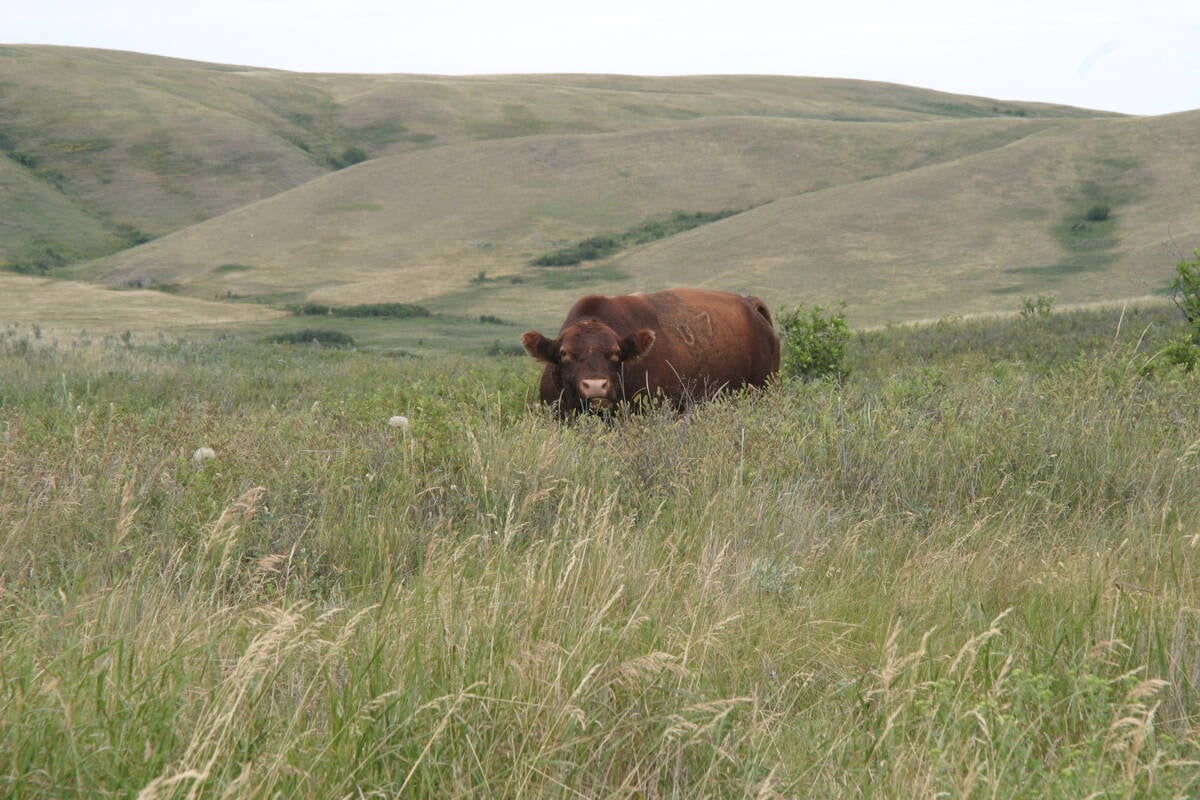When Balzac, Alta., seed cleaning manager Joe Walisser sent a sample of oats to a lab to be tested, he knew it might not come back with ideal germination.
He was shocked when only 15 percent of the sample germinated.
“The grain won’t germinate up,” said Walisser. “A lot of guys are going to two-year-old stuff because they can’t get last year’s to germinate.”
It’s a similar story down the road at the Mountain View Seed Co-op’s seed cleaning plant in Carstairs, Alta.
In a normal year the majority of seed will have 90 to 100 percent germination. This year, a lot of seed germination has dropped to 80 to 90 percent. It’s not unusual for some of the grain to come back at 30 to 40 percent.
Read Also

Saskatchewan puts crown land auction on hold
Auctions of Saskatchewan crown lease land are once again on hold.
“We’re getting a lot of poor seed germination,” said manager Duane Trottier.
“It’s maybe not going to be good enough to seed.”
Not only are seed labs finding poor germination, they are also seeing a higher than normal level of seed dormancy, an increase of disease and low seed vigour, said Trevor Nysetvold, president of BioVision Seed Lab in Edmonton.
The poor quality can be attributed to high moisture at harvest, frost in August and a mild winter.
“Those three things are most dramatically affecting quality of seed this year,” said Nysetvold.
Usually he can say decisively where the trouble spots are in the province, but there is no clear pattern this year.
“Generally we’re able to say here’s the line. North of this line or east of this line, there are these problems. This year it’s just popping up all over the place. Even in areas of frost there’s different degrees of frost in that area, which further adds to the complications,” he said.
“We’re just seeing everything show up this year in certain degrees and that is pretty rare.”
Nysetvold believes the seed dormancy problem will eventually go away on its own. When the seed comes into the lab and it won’t germinate because of dormancy, the lab must mark it as a non-germinating seed. If the seed has a high level of dormancy, he questions whether it should be used.
“You want to test your seed as close to seeding as possible to get where that seed stands quality wise,” he said.
Trottier said many farmers have requested vigour tests as well as a germination test, which are performed under ideal conditions. Vigour tests are performed under stressful seeding conditions.
If a germination test resulted in 95 percent, a vigour test would often be 85 to 90 percent. This year, if germination is only 85 percent and vigour is 70 percent, that’s not good enough to seed, he said.
“It’s really a guessing game what farmers are going to do. In less than two weeks many farmers are going to be seeding and have yet to line up their seed,” said Trottier.
“Some are on their second or third batch of seed. It’s a poor situation.”
Nysetvold said the biggest problems with germination are in cereal grains. Seed quality with wheat and barley is “all over the map” and there is a severe problem with dormancy in oats.
Germination and vigour have held steady in canola. Pulse crops are doing reasonably well, except for some increase in disease.














